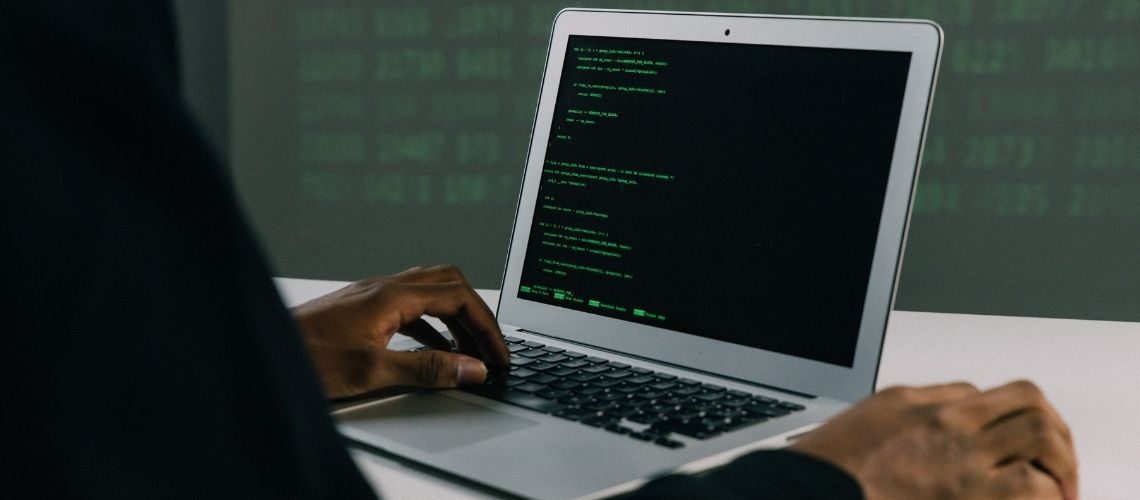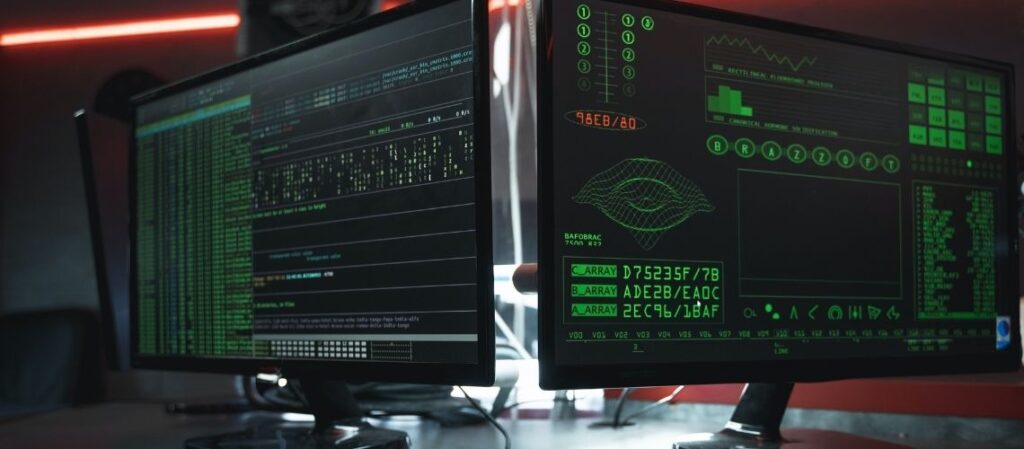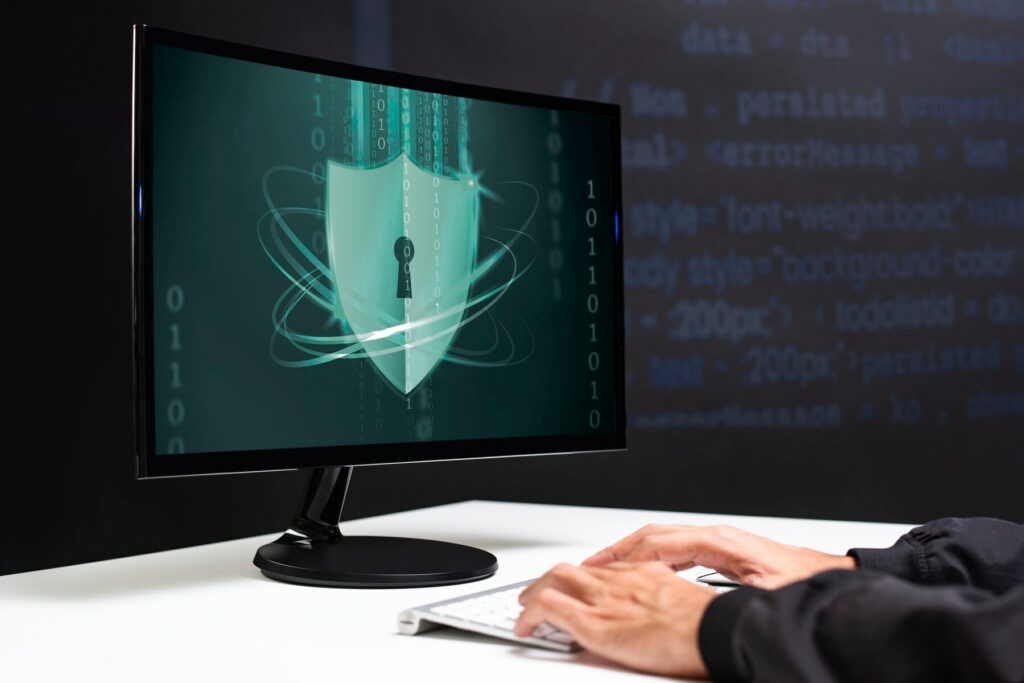SMEs do not have the budget for cybersecurity.
SMEs are competing in an uneven playing field. They do not have the budget that larger organisations spend on cybersecurity. As a result, they cannot afford the latest cutting-edge cyber tools. However, SMEs are at risk of cyber threats like big companies and are equally affected in their supply chain, long-term trust and reputation.
SMEs are overwhelmed by the volume of services and apps.
The cybersecurity industry is also flooded with buzzwords, tools, products and platforms that security vendors convince SMEs they need. Some organisations use between 10-30 different security products, which does not promote unity or integration. As a result, 39% of surveyed businesses claim they are overwhelmed by the sheer volume of security alerts they receive, with some receiving 75 threat alerts a day. Consequently, SMEs with this issue are experiencing something called alert fatigue.
Cybersecurity for SMEs and the human element
A lack of human power also compounds the problem. According to Arctic Woolf, 73% of small and medium-sized businesses feel they lack the capability and expertise to withstand an attack. In a small to medium-sized business, no one has time to answer all these alerts. 55%+ of respondents admit they have ignored a known cybersecurity issue to priorities another business activity. Furthermore, even when SMEs have the budget to invest in cybersecurity, there is an industry skill shortage for cybersecurity roles. This shortage only increases the salaries of those who are skilled.
Cybersecurity for SMEs is not just a job for AI.
However, SMEs cannot fight cybersecurity threats with just software, apps and AI. There is a human element, and people and processes are crucial as well. Cybersecurity needs to be measured and managed, or you’re just leaving your company security up to luck.
Outsourcing cybersecurity for SMEs
A solution that SMEs find helpful is outsourcing their security to a managed service provider. MSP services can include managed detection and response, managed risk, managed cloud monitoring, managed security awareness and more. With a managed service provider, you can get access to cutting edge cybersecurity tools and software, years of experience, trained and skilled cybersecurity experts who deal with cyber threats in many industry verticles daily.
They bring the expertise, experience and context, but they are not replacing your current security employees. Instead, they are working with them. Often SMEs have the tools they need already to create a robust security environment. They need help to organise and implement them correctly. As a result, this reduces the impact of alert fatigue.
Here at Northstar, we do just this at a price that suits your budget. We focus on keeping your data and infrastructure safe while you can focus on running your business, giving you time and peace of mind. Ransomeware is only going to get worse. So cybersecurity for SMEs needs ongoing investment, measurement and management. But, we want to take away the unfair advantage that large organisations have with their big budgets and 24/7 IT staff.
Contact Northstar today for more information about our cybersecurity for SMEs package and improve your business security.




